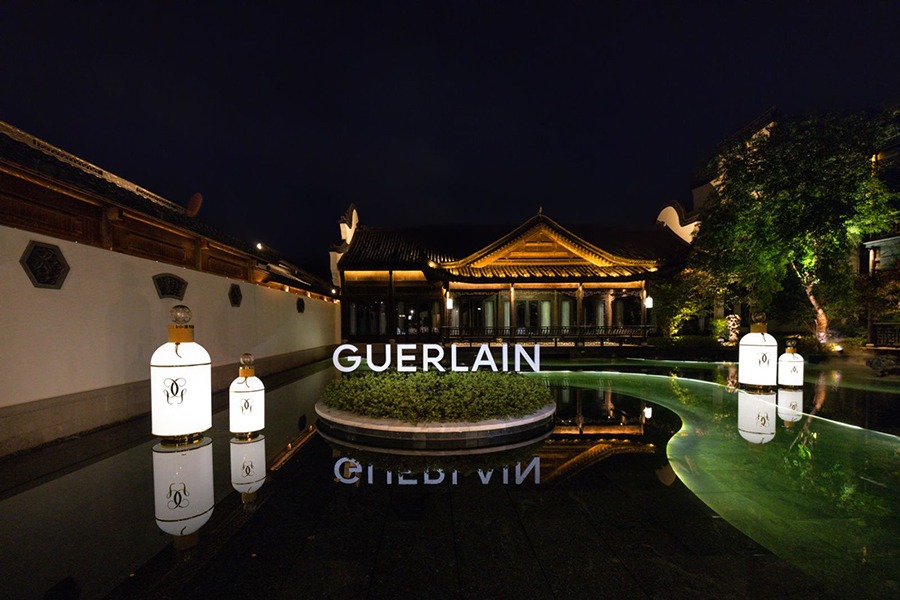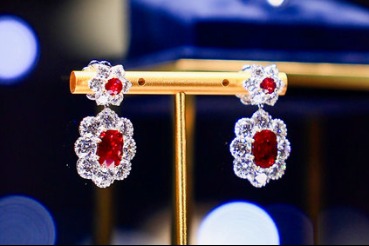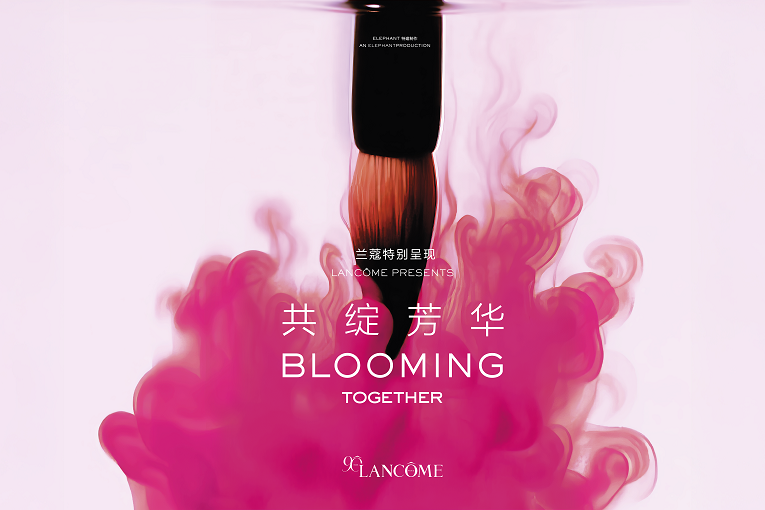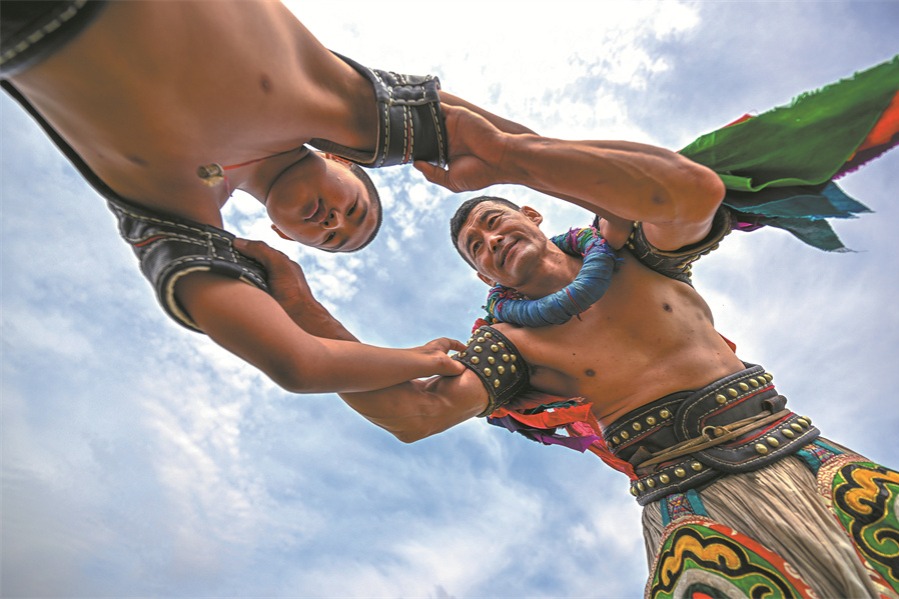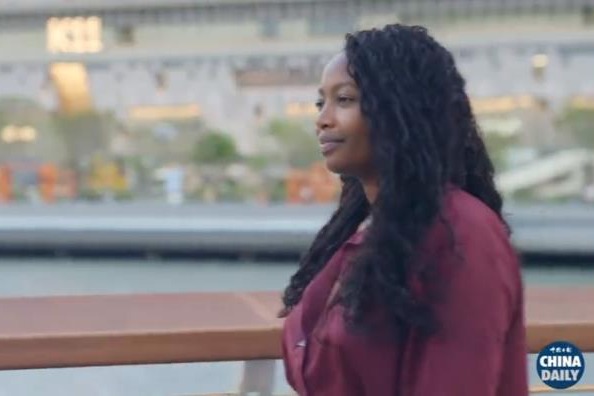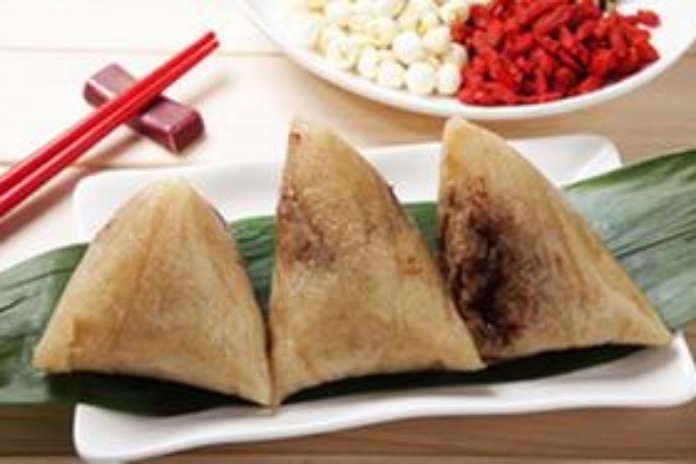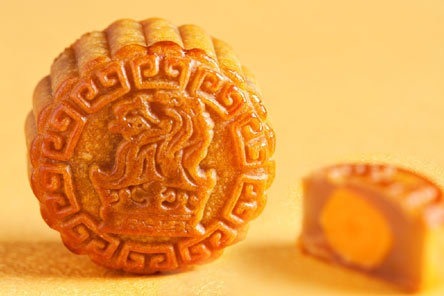Youth breathing new life into Tibetan spirit


Young Tibetans are shaping Xizang's future, reviving traditional culture, improving rural life, and sharing the plateau's heritage with the world.
At the 2025 CCTV Spring Festival Gala's Xizang venue, host Zhu Xun and actress Liu Tao stepped onstage in flowing Tibetan robes — stone blue mingled with turquoise, their scorpion-tail waist chains shimmering like gilded light from ancient temples.
Few in the audience knew that the designer behind these garments was just 25 years old. His name is Padruk Tendhar, a young Tibetan who has been reviving endangered classical aesthetics stitch by stitch, letting colors from a thousand years ago bloom once again.
"Most people think of snow mountains and grasslands when they picture Xizang," he said. "But what fascinates me more are its cultural landscapes."
Born in Shigatse, Xizang's second-largest city, Tendhar grew up immersed in the "city culture" of both Shigatse and Lhasa — a refinement distinct from the rugged traditions of rural and pastoral life.
As he watched Lhasa's fashion scene evolve, he noticed that many garments labeled "traditional" had lost their original authenticity. Classical costumes, for example, featured wider waists and emphasized a dignified, elegant presence around the face. By contrast, many modern versions have slimmer waists, reflecting aesthetics that highlight body shape.
"That's one reason I wanted to restore them," he explained.
Tendhar spent most of his childhood in Shigatse, where traditions were preserved more faithfully. This early environment deepened his attachment to these old aesthetics — the fabrics, the silhouettes, and the enduring respect for the past.
After earning a bachelor's degree in heritage and museology at Zhejiang University in Hangzhou, Tendhar continued his graduate studies at Sichuan University in Chengdu, focusing on Tibetan art archaeology.
He later began sharing his work on social media platforms like Xiaohongshu (RedNote), showcasing Xizang's ornate architecture, elegant costumes, dazzling jewelry, and graceful dances for a new generation of viewers.
For Tendhar, Tibetan aesthetics are defined by inclusivity, duality, and decoration — where vibrant colors clash gracefully and fine jewels are paired with raw textures. To him, this is not chaos but "a celebration of life".
"It's bold yet refined, spiritual yet practical. Above all, it is alive," he said.
Tendhar's personal journey is deeply intertwined with the broader cultural revival in Xizang. "When I was a child, Tibetan opera and traditional dress seemed to belong only to the old generation, while my peers preferred K-pop or Japanese anime. My interest in traditional instruments and opera felt like a lonely battle," he recalled.
That changed after the 18th CPC National Congress in 2012, when the government emphasized cultural confidence and the preservation and innovation of heritage. "The transformation was profound — visible in government policy, social atmosphere, and even family values," he said.
Today, Xizang offers a wide range of cultural programs: zhanian qin (a traditional Tibetan stringed instrument) classes, summer camps for Tibetan opera, and free workshops at the Tibet Autonomous Region Mass Art Museum.

















